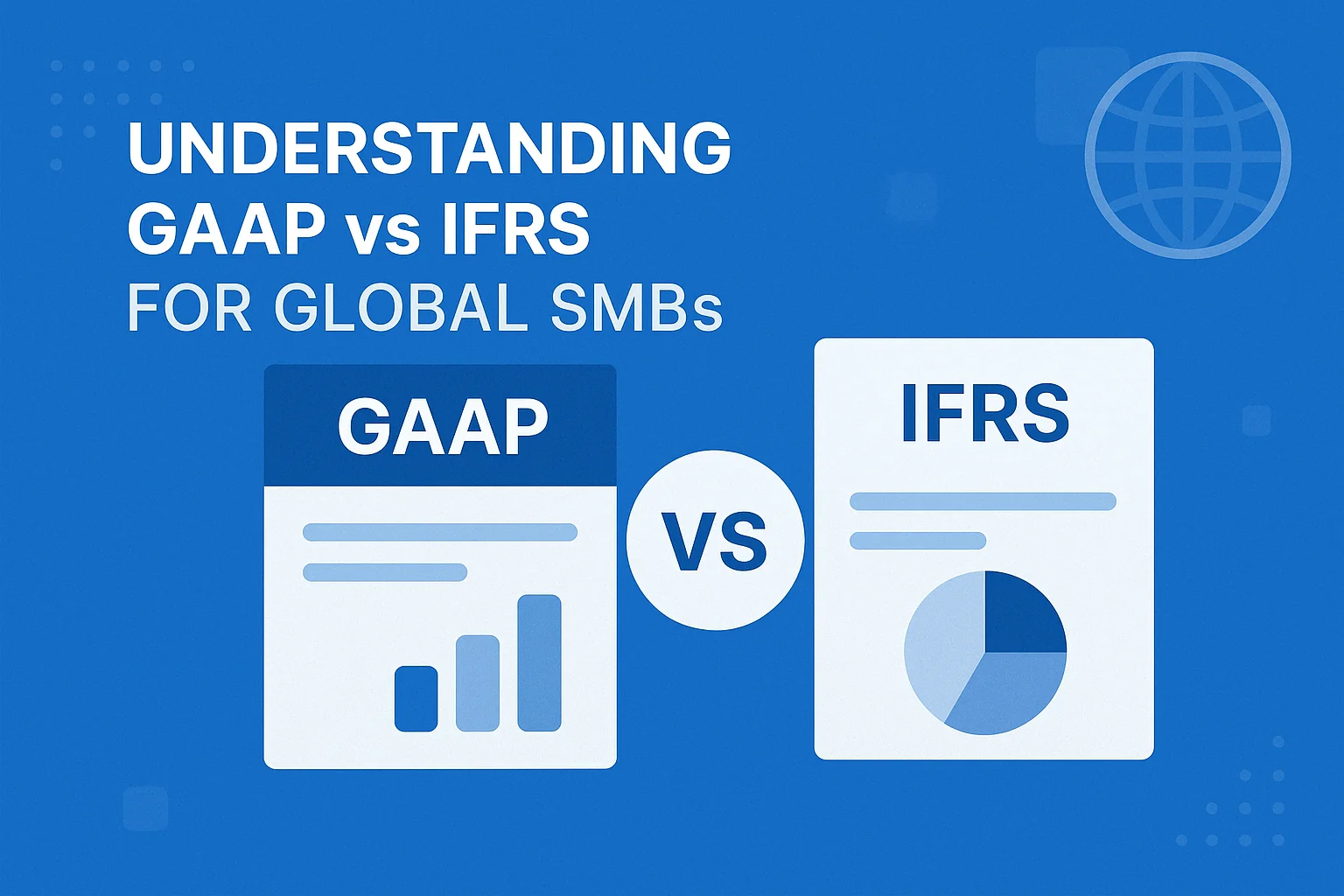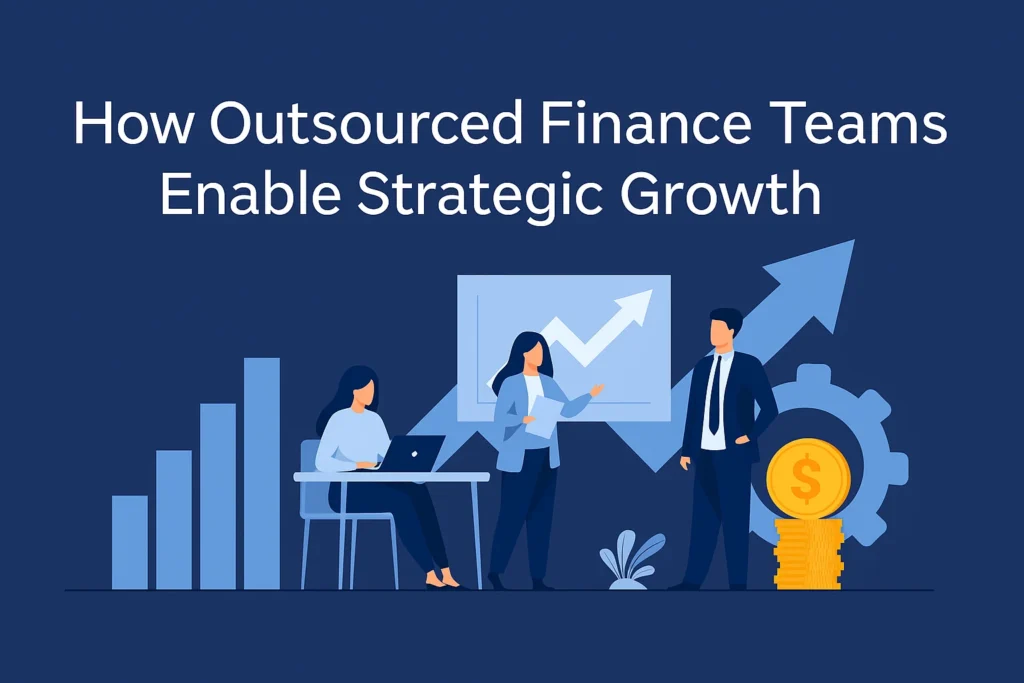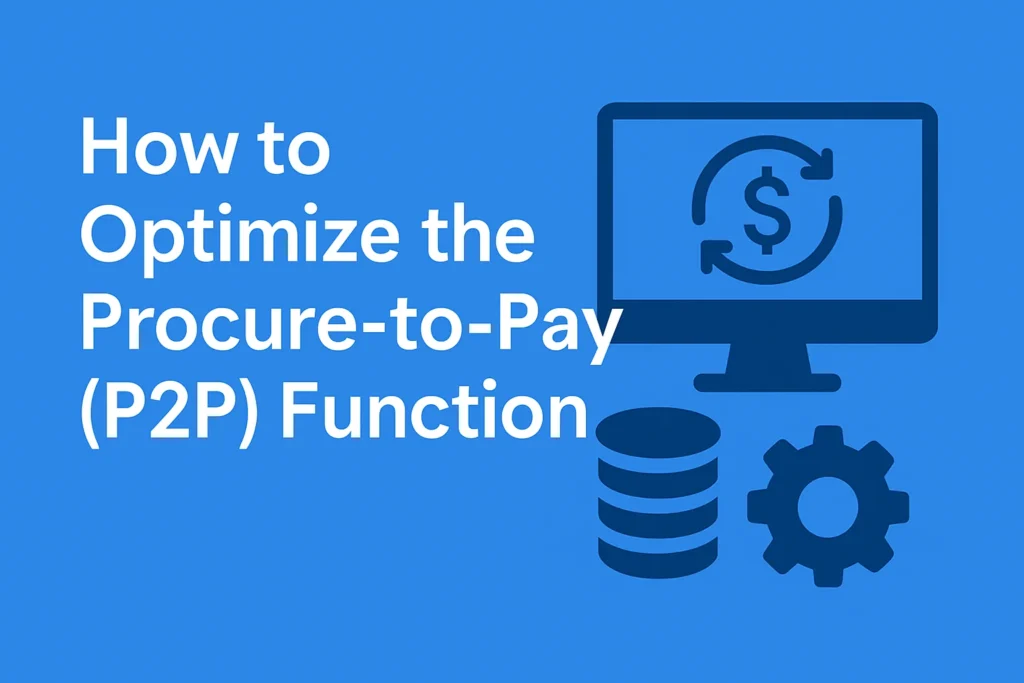Small and medium-sized businesses (SMBs) operating globally must navigate different accounting frameworks. Two of the most common are GAAP (Generally Accepted Accounting Principles) and IFRS (International Financial Reporting Standards). This article breaks down the key differences between GAAP and IFRS and what SMBs should consider.
Why Accounting Standards Matter
Accounting frameworks ensure consistent, transparent, and comparable financial reporting. Failing to follow the right standards could result in compliance penalties or investor mistrust.
Key Differences Between GAAP and IFRS
1
Rules-Based vs Principles-Based
GAAP is rules-based, with detailed guidance for most scenarios. IFRS is principles-based, allowing more interpretation but requiring strong professional judgment.
2
Revenue Recognition
GAAP has extensive revenue recognition guidelines, while IFRS focuses more on general principles and substance over form.
3
Inventory Valuation
GAAP allows Last-In-First-Out (LIFO) inventory valuation, but IFRS prohibits it.
4
Development Costs
IFRS permits capitalizing certain development costs if criteria are met, while GAAP generally expenses R&D.
5
Financial Statement Presentation
IFRS has less detailed rules about financial statement line items, offering more flexibility compared to GAAP.
Considerations for SMBs
- Know your reporting requirements for investors or lenders
- Understand your target markets’ standards
- Seek professional guidance on conversions
- Ensure compliance with local tax laws
Conclusion
Whether you report under GAAP or IFRS, the right approach depends on your markets, stakeholders, and growth plans. Global SMBs should proactively align with these frameworks to build trust and transparency.



